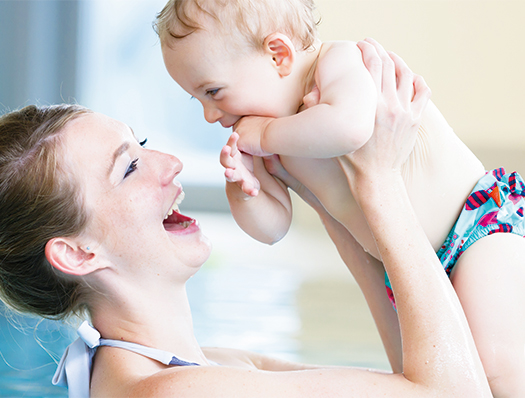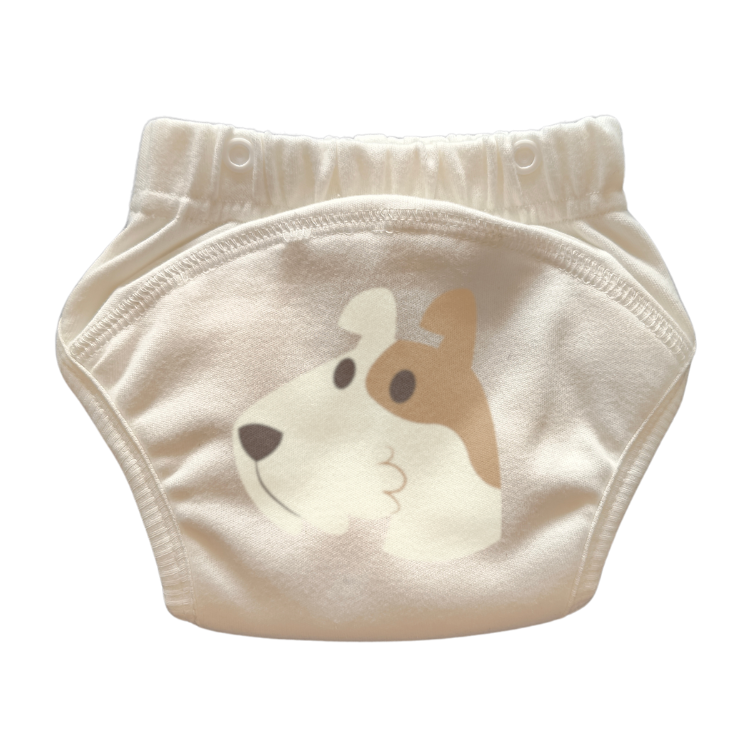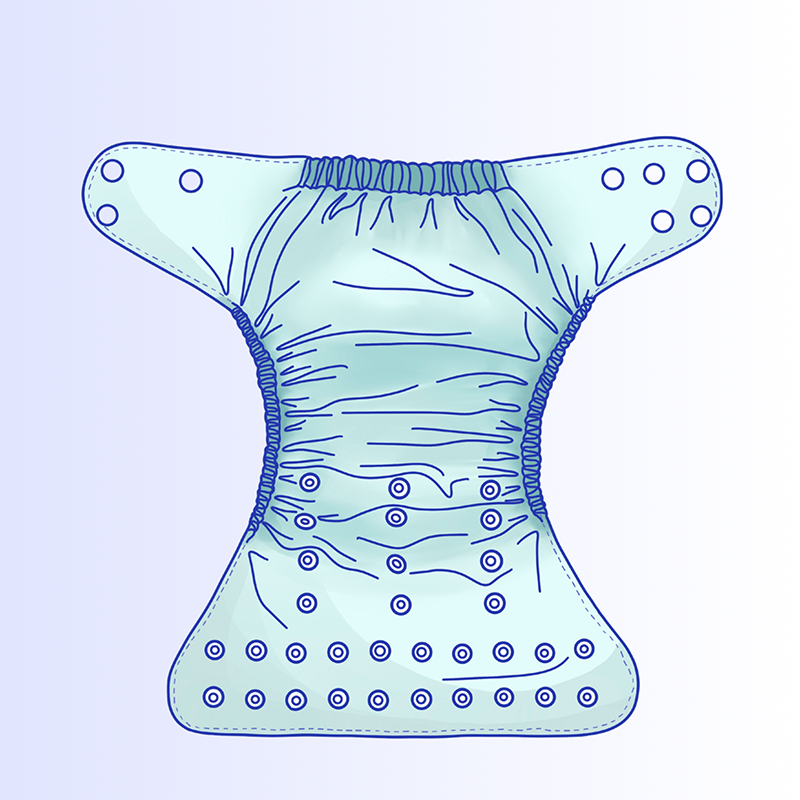- All
- Product Name
- Product Keyword
- Product Model
- Product Summary
- Product Description
- Multi Field Search
English
Author: Site Editor Publish Time: 2025-07-18 Origin: Site
The debate between cloth diapers and disposable diapers is one that many parents face. With rising concerns about the environment, finances, and baby’s health, this decision becomes crucial. In this article, we’ll explore the pros and cons of each option, helping you make an informed choice for your child and the planet.

Cloth diapers are reusable, eco-friendly alternatives to disposable ones. They are made from natural fabrics, offering a gentler feel on a baby's skin. There are several types of cloth diapers:
All-in-one: These diapers come with absorbent material and waterproof cover in one piece.
Pocket: These have a pocket where absorbent liners are inserted, offering flexibility.
Prefold: These require folding and securing with a fastener or cover. Common materials used in cloth diapers include:
Cotton: Soft, breathable, and highly absorbent.
Bamboo: Naturally antibacterial and environmentally friendly.
Hemp: Durable and very absorbent, though often less soft than cotton.
Disposable diapers are single-use products designed for convenience. They consist of several layers, including an absorbent core, waterproof outer cover, and elastic leg bands. Types of disposable diapers:
Standard: Regular diapers for everyday use.
Eco-friendly: Made with biodegradable materials to reduce environmental impact.
Organic: Made from natural fibers, free from chemicals like chlorine. Materials and chemicals found in disposable diapers include:
Superabsorbent polymers (SAP): These absorb and lock in moisture.
Phthalates and dioxins: Potentially harmful chemicals used in diaper production. These can cause skin irritation and raise concerns about long-term exposure.

Cloth diapers require a higher upfront investment, but they can save you money in the long run. You can use them for multiple children, and they often have a good resale value. Costs to consider:
Upfront investment: A full set of cloth diapers can range from $300 to $800.
Long-term savings: Since they can be reused, you won't need to keep buying diapers. Over the diapering period of about 5,000-6,000 diapers per child, the savings can be significant.
Resale value: If you sell them after use, you can recover up to 70% of the original cost.
Washing and maintenance: You'll need to factor in detergent, water, and energy costs. Regular washing adds to the overall expense, but it’s still much cheaper than buying disposable diapers over the years.
While disposable diapers are convenient, they come with ongoing costs that can add up quickly. Costs to consider:
Ongoing costs: Disposable diapers cost about $0.20 to $0.40 per diaper. For a child needing 5,000 to 6,000 diapers, you could spend over $1,000 to $2,400 over the diapering period.
Extra costs: You'll also need wipes, trash bags, and a diaper pail, all of which add to the overall expense.
Long-term financial impact: Since you have to keep buying them, disposable diapers are much more expensive in the long run compared to cloth diapers.
Cloth diapers are a more sustainable option due to their reusability. They significantly reduce waste, as they can be washed and reused many times. Key benefits:
Reusability: Cloth diapers can last through multiple children, reducing the need for new diapers and decreasing overall waste.
Lower carbon footprint: When washed efficiently, cloth diapers have a lower environmental impact compared to disposable ones.
Challenges: Washing cloth diapers uses water and energy. However, efficient washing practices can minimize their environmental impact.
Materials: Cloth diapers are typically made from sustainable materials like cotton, bamboo, or hemp, which further reduces their carbon footprint.
Disposable diapers are convenient but come at a high environmental cost. They are single-use products that contribute to landfill waste. Key concerns:
Non-biodegradable waste: Disposable diapers are made of plastic and other materials that take hundreds of years to decompose in landfills.
Manufacturing and disposal: The production of disposable diapers requires significant resources, and their disposal adds to the growing waste problem.
Eco-friendly alternatives: Some eco-friendly disposable diapers are made from biodegradable materials, but they still contribute to waste, as they are designed for one-time use.
Cloth diapers are often the go-to choice for parents concerned about chemicals and skin irritation. They are typically made from natural materials, which can be gentler on delicate skin. Key benefits:
Chemical-free: Cloth diapers are free from the chemicals commonly found in disposable diapers, reducing the risk of skin irritation.
Sensitive skin: Babies with sensitive skin often experience fewer rashes or irritations when using cloth diapers, thanks to the natural materials like cotton or bamboo.
Breathability: Cloth diapers allow air to flow more easily, which can help prevent diaper rash by keeping the skin dry and preventing heat buildup.
Disposable diapers, while convenient, contain chemicals and materials that can sometimes cause skin issues, especially for babies with sensitive skin. Key concerns:
Common chemicals: Many disposable diapers contain phthalates, dioxins, and other chemicals that may irritate your baby's skin.
Skin irritation: The materials used in disposable diapers can trap moisture against the skin, which may contribute to diaper rash or other skin conditions.
Choosing hypoallergenic: It's important to select hypoallergenic brands and those labeled as chemical-free to minimize risks for babies with sensitive skin.
Cloth diapers may seem daunting at first, but once parents get used to them, they become fairly easy to manage. Modern cloth diapers, like Judes, are designed for simplicity and practicality. Key points:
Ease of use: Cloth diapers are straightforward once you learn how to use them. With adjustable fasteners and a comfortable fit, they’re as simple as disposables.
Washing and drying: The washing process may seem like a hassle, but cloth diapers are easy to clean. With systems like Judes, washing and drying are quick and user-friendly, even in busy households.
Travel and outings: Cloth diapers can be used on-the-go, but they require more preparation. Carrying extra diapers and a wet bag for storage is necessary. Some parents prefer disposables for travel, but cloth can be a great option with proper planning.
Disposable diapers are known for their convenience and ease. They are ready to use right out of the package, requiring no washing or maintenance. Key points:
Immediate convenience: Disposable diapers are designed for quick use. Simply put one on and dispose of it when it’s dirty.
Travel-friendly: They are perfect for travel and busy days, as they’re easy to pack and dispose of.
No maintenance required: Unlike cloth diapers, there’s no washing or drying. But, this means you need to continuously buy them, which adds to long-term costs.
Cloth diapers are known for encouraging early potty training. The natural feeling of wetness helps babies recognize their bodily functions. Key points:
Wetness feedback: Cloth diapers let babies feel when they are wet, which helps them become aware of their need to go.
Earlier potty training: The wet sensation encourages quicker potty training, as babies often begin noticing the feeling of wetness sooner.
Potty training milestones: Studies show that babies in cloth diapers can be potty trained up to a year earlier than those using disposable diapers.
While convenient, disposable diapers can slow down the potty training process. Their dryness may prevent babies from noticing when they need to go. Key points:
Dryness factor: The dryness of disposable diapers keeps babies comfortable but may delay their recognition of when they are wet.
Psychological impact: Babies may not develop an early understanding of their bodily functions due to the constant dry feeling.
Cloth diapers offer many advantages, especially for environmentally conscious and health-focused parents.
Environmentally friendly: They can be reused, reducing waste and your overall carbon footprint.
Cost-effective over time: Though they require an upfront investment, cloth diapers save money in the long run since they can be used for multiple children.
Gentle on skin: Made from natural materials like cotton and bamboo, they are softer and often better for sensitive skin.
Better for early potty training: The wetness feedback helps babies become aware of their bodily functions, promoting early potty training.
Long-term investment: Cloth diapers can last through multiple children and can even be resold, making them a cost-effective choice over time.
While cloth diapers have many benefits, there are some downsides to consider.
Higher upfront costs: The initial investment can be expensive, especially when buying a full set of cloth diapers.
Time-consuming washing process: Regular washing and drying can take up time and effort, making cloth diapers less convenient for busy parents.
Occasional bulkiness: Cloth diapers are often bulkier than disposables, which may make them less comfortable for babies and harder to fit under certain clothing.
Less convenient for travel: Cloth diapers require additional planning, such as carrying extra diapers and a wet bag, which can be inconvenient when away from home.
Requires ongoing care: Maintaining cleanliness and hygiene can be demanding, as they need to be washed regularly and stored properly.
Disposable diapers are highly convenient and practical for many parents.
Highly convenient: Easy to use, simply put one on and dispose of it when it's dirty.
No washing required: Saves time and effort, as there is no need to clean or maintain them.
More absorbent: Disposable diapers typically absorb more liquid, keeping babies dry for longer periods.
Great for travel: Perfect for on-the-go parents, as they are easy to pack, use, and dispose of.
Widely available: They can be found in stores everywhere, making them a go-to choice for many families.
Despite their convenience, disposable diapers come with significant drawbacks.
Expensive in the long run: Constantly purchasing new disposable diapers can add up, making them costly over time.
Environmentally harmful: They contribute to significant waste since they are single-use and take hundreds of years to decompose.
May cause skin irritation: The chemicals and materials used in disposable diapers can sometimes irritate sensitive skin.
Continuous repurchasing required: Unlike cloth diapers, disposable diapers require constant repurchasing, leading to higher lifetime costs.
Major contributor to pollution: Disposable diapers are a leading source of environmental pollution due to their non-biodegradable nature.

When choosing between cloth and disposable diapers, your lifestyle plays a key role. Different parents prioritize different factors based on their needs.
Eco-conscious families: If sustainability is important to you, cloth diapers are the better choice. They reduce waste and are made from natural materials.
Busy parents: Disposable diapers are perfect for parents who need convenience and less maintenance. They're ideal for busy days and when time is limited.
Families with multiple children: Cloth diapers can be reused, making them an excellent long-term investment for families planning to use them for more than one child.
Parents with limited laundry facilities: If you don't have easy access to a washing machine or live in a small apartment, disposable diapers might be the better choice.
Deciding between cloth and disposable diapers depends on several factors, from budget to convenience.
Budget: If you're looking for long-term savings, cloth diapers are a better financial choice. Though the initial cost is higher, they can be reused for multiple children.
Environmental impact: If reducing your environmental footprint is important, cloth diapers are the clear winner.
Baby’s skin sensitivity: For babies with sensitive skin, cloth diapers might be a better option due to their chemical-free nature.
Living situation: If you live in an area where laundry facilities are limited (e.g., urban apartment), disposable diapers might be more practical.
Some parents choose a hybrid approach, using both cloth and disposable diapers depending on the situation.
Cloth diapers for home: They are great for use at home, especially when you're able to wash them regularly.
Disposable diapers for travel: They are convenient when you're on the go and don't want to deal with extra laundry.
Pros and cons: The combination gives parents flexibility, but it also means dealing with both the care required for cloth diapers and the continuous purchase of disposables.
In conclusion, the choice between cloth diapers and disposable diapers depends on your family's needs. Consider factors like cost, health, and convenience when making your decision. Cloth diapers offer long-term savings and environmental benefits, while disposable diapers provide convenience. Ultimately, choose what works best for your lifestyle and priorities, keeping health, convenience, and sustainability in mind.
A: Yes, cloth diapers are more sustainable. They are reusable, which reduces waste and carbon footprint, whereas disposable diapers are single-use and contribute to landfill waste.
A: Cloth diapers are less likely to cause diaper rash because they are made from natural, breathable materials. They allow the skin to stay dry, unlike disposable diapers, which can trap moisture.
A: Yes, you can use cloth diapers while traveling. Just pack extra diapers, a wet bag for storage, and plan ahead for washing when you return. They may be less convenient than disposables but still manageable.
A: Disposable diapers are generally more absorbent due to the superabsorbent polymers they use. However, cloth diapers can hold enough for a few hours, especially if changed regularly.
A: You'll need about 20-30 cloth diapers for a complete diapering cycle. This ensures you have enough while others are being washed. Keep in mind you’ll need a washing routine.
A: Yes, cloth diapers provide wetness feedback, which helps babies recognize their bodily functions earlier. This can promote quicker potty training compared to the dryness provided by disposable diapers. ovide.
Tips for using cloth diapers while traveling, including packing, washing, and disposal solutions.
Compare the absorbency levels of cloth and disposable diapers and when each type may be more suitable.
Estimate the number of cloth diapers required for a full diapering cycle and tips for managing laundry.
Discuss how the wetness feedback provided by cloth diapers can promote early potty training in children.